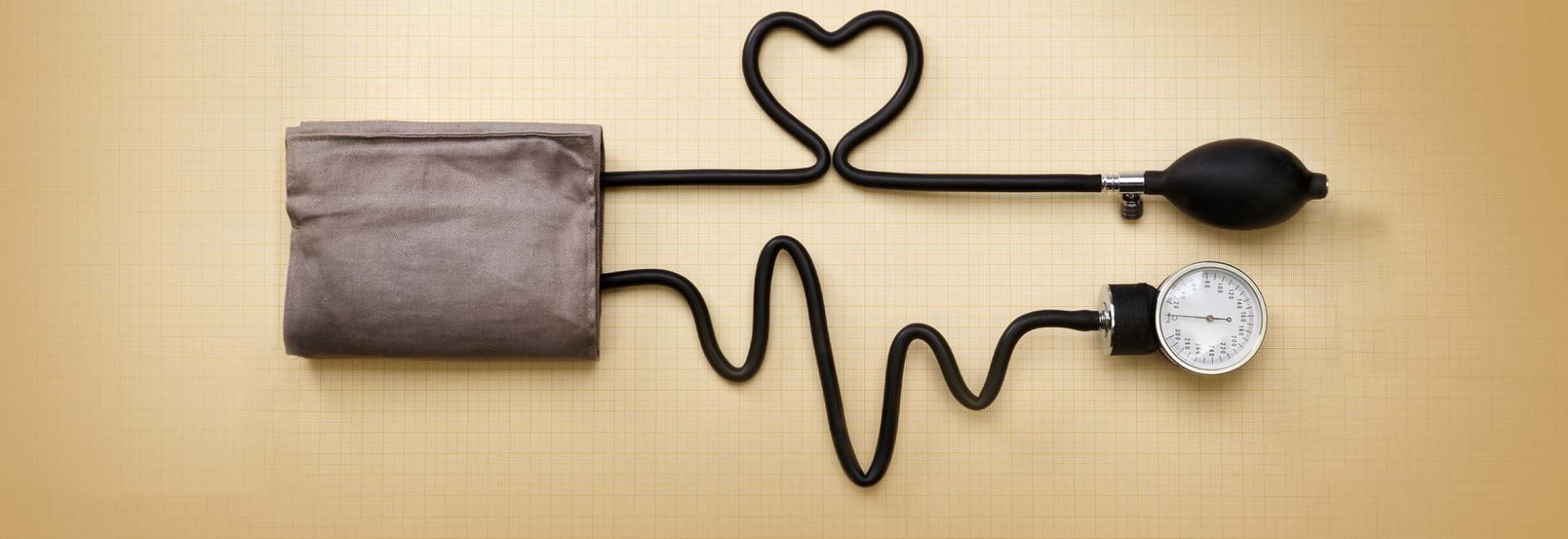The percentage of Americans with high blood pressure jumped from 32 percent to 46 percent today, when the American Heart Association and the American College of Cardiology issued new guidelines for the condition.
But that doesn't mean that all those people suddenly need to be on blood pressure medication, our experts say.
On Monday, the AHA and ACC redefined high blood pressure as a reading of at least 130 millimeters of mercury for the systolic (top) number or 80 for the diastolic (bottom) number. Previously, the cutoffs had been a top number of 140 and a lower number of 90.
The new definition will especially affect younger people, tripling the number or men under age 45 considered to have hypertension and doubling the number of women under age 45 with that condition.
The new definition also eliminates the category of “pre-hypertension," which had been considered an upper reading in the 130s and a lower reading in the 80s.
“We now know that a blood pressure level between 130-139/80-89 doubles your risk of cardiovascular complications such as a heart attack compared to people whose blood pressure is under 120/80,”  That’s because damage to blood vessels begins as soon as blood pressure is elevated.
That’s because damage to blood vessels begins as soon as blood pressure is elevated.
For most people who find themselves in that range, however, changes in diet and exercise routine—not drugs—are what's needed to bring those numbers back down to normal.
Hi! I am a robot. I just upvoted you! I found similar content that readers might be interested in:
https://www.yahoo.com/news/blood-pressure-guidelines-mean-235111120.html
Downvoting a post can decrease pending rewards and make it less visible. Common reasons:
Submit